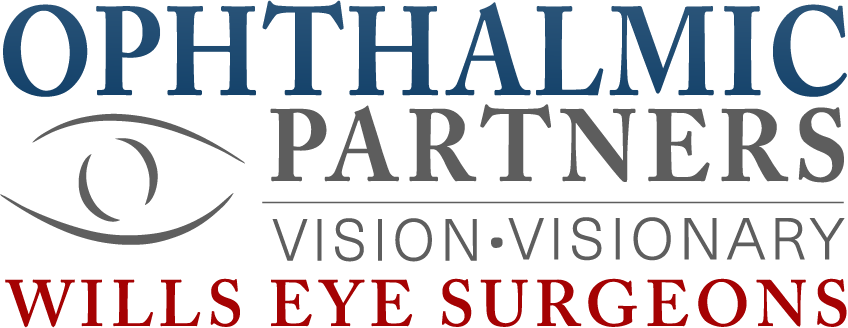Nasolacrimal Duct Obstruction (Blocked Tear Ducts)
Nasolacrimal duct obstruction (blocked tear ducts) treatment is offered by Ophthalmic Partners for patients in Philadelphia, Pennsylvania and the surrounding communities.
WHAT IS NASOLACRIMAL DUCT OBSTRUCTION (BLOCKED TEAR DUCTS)?
Nasolacrimal duct obstruction (blocked tear ducts) is an eye condition that causes your eyes to water excessively. Tear ducts work to remove tears from your eyes. When the ducts are blocked, the tears do not drain properly. The most common symptoms of nasolacrimal duct obstruction (blocked tear ducts) are excessive tearing, recurring conjunctivitis, recurring eye infections, swelling and tenderness near the corner of the eye, discharge and blurry vision.
WHAT CAUSES NASOLACRIMAL DUCT OBSTRUCTION (BLOCKED TEAR DUCTS)?
Some children are born with nasolacrimal duct obstruction (blocked tear ducts). Other causes include age, eye infections, injuries or trauma to the eye, tumors, certain topical medications and certain cancer treatments.
WHAT ARE THE RISK FACTORS FOR NASOLACRIMAL DUCT OBSTRUCTION (BLOCKED TEAR DUCTS)?
Older women are at greater risk for developing nasolacrimal duct obstruction (blocked tear ducts). Other risk factors include a history of chronic eye inflammation, eye surgery or cancer treatment, as well as glaucoma.
HOW CAN NASOLACRIMAL DUCT OBSTRUCTION (BLOCKED TEAR DUCTS) BE PREVENTED?
There are certain measures that you can take to lower your risk for developing nasolacrimal duct obstruction (blocked tear ducts). You should avoid physical contact with any adult or child who has conjunctivitis (pink eye). Avoid rubbing your eyes, and wash your hands frequently. Eye makeup can irritate your eyes, so you should regularly replace your eyeliner, mascara and any other make up that is used close to your eye. Contact lens wearers should clean their lenses on a regular basis and avoid wearing the lenses for longer than recommended by the eye doctor.
HOW IS NASOLACRIMAL DUCT OBSTRUCTION (BLOCKED TEAR DUCTS) DIAGNOSED?
The diagnosis for nasolacrimal duct obstruction (blocked tear ducts) begins with a thorough examination. During the examination your eye doctor may look inside your nose to determine if an abnormality in your nasal passage is causing the blockage. Other tests may include a tear drainage test, probing and imaging tests.
HOW IS NASOLACRIMAL DUCT OBSTRUCTION (BLOCKED TEAR DUCTS) TREATED?
If your eye doctor determines that you have an eye infection, antibiotic medications may be prescribed. If a tumor is causing the blockage, your eye doctor may recommend surgery to remove the tumor. For more severe cases that do not involve tumors, your eye doctor may recommend a surgical procedure to develop a new passageway for your tears. The surgery is known as a “dacryocystorhinostomy.”
Additional
Eye Disorders
Schedule an Appointment
Get Started
Early detection of eye disease is the best defense against vision loss, particularly for individuals over the age of 40. Should you experience any vision problems that could be an indicator of an eye disorder, contact one of our offices in Philadelphia, PA, Bala Cynwyd, PA, Media, PA, or Marlton, NJ, as soon as possible to book an assessment.
The eye doctors and surgeons at Ophthalmic Partners have the necessary expertise and experience to diagnose, manage, and treat complex eye disorders and diseases. Visit us today to keep your eyes healthy and your vision clear.

Pennsylvania:
(484) 434-2700
New Jersey:
(856) 596-1601